Verdict
There’s plenty to like about the Renault Arkana. The eye-catching coupe-SUV body style - until now only really a premium brand offering - still offers space, while true to recent Renault form the Arkana boasts a well-finished cabin, a smart infotainment system and strong equipment levels, all for a competitive price. If you’re happy to live with the underwhelming performance for the fuel efficiency it delivers, then the Arkana is an appealing package.
The coupe-SUV might still be a relatively small niche in the new car market, but it’s one that’s growing rapidly. While it’s a segment that’s been hogged by the premium German brands, that’s all about to change thanks to Renault. This is the Arkana, a more affordable take on models like the BMW X4 and Mercedes GLC Coupe.
If the name sounds vaguely familiar, it’s because Renault has sold a coupe-SUV called Arkana in Russia for a couple of years now. But while the version driven here looks similar at a glance, the two cars are almost completely unrelated.
- SEE MORE Best mid-size SUVs on sale 2021
Confused? Well buyers have different demands in western Europe. Safety standards and fuel efficiency need to be higher here, for example, and four-wheel drive isn’t a vital requirement in this segment, unlike in Russia.
So while the ‘original’ Arkana’s closest relative in the Renault Group is in fact the Dacia Duster, the model we get is based on the CMF-B platform used by, among others, the latest Clio supermini and Captur compact SUV. It’s stretched for this model though, with the Arkana measuring slightly longer than Renault’s family crossover, the Kadjar. It’s roughly the same width too, but its lower roofline means it stands as tall as the Captur.
The CMF-B platform brings with it many benefits. For one, it gets a much more comprehensive list of safety kit: traffic sign recognition, lane departure warning, lane keep assist and safety distance warning are all standard throughout the range - features that contribute to a five-star NCAP safety rating.
It also gets a much plusher cabin crammed with better tech. All but the base Arkana uses a 9.3-inch portrait touchscreen infotainment system with navigation and smartphone connectivity. It looks great, loads quickly enough and is fairly easy to use; it’s among the slicker systems that you’ll find among the non-premium brands.
However, the biggest positive is the ability to accommodate hybrid powertrains; the Arkana’s engine line-up is fully electrified. The range kicks off with a 138bhp 1.3-litre turbocharged petrol mated to a 12-volt mild-hybrid set-up. It recovers energy that would otherwise be lost when slowing down, stores it in a compact battery located under the front passenger seat, and then can use it to supply a small electric motor which provides a 20Nm boost to ease load on the combustion unit.
However, the MHEV is expected to account for only a third of Arkana sales - the full hybrid will fly out the showrooms twice as often, and that’s the model we’re driving here. It uses much the same set-up we’ve already seen in both the Clio and more recently the Captur. A 1.6-litre petrol engine works alongside two electric motors, both of which are stored within a single unit that also houses a clutchless six-speed gearbox. A 1.2kWh battery (located under the boot floor) provides the energy for the motors, and is charged by regenerative braking.
As the two electric motors work at different times - the larger of the two kicks off the driving in zero-emission mode, while the second helps to provide additional boost on the go - Renault promises seamless acceleration, and fuel efficiency as high as its diesel engines.
On our test route, with large stretches of A-road and country lanes that aren’t the most flattering for a hybrid, the Arkana averaged an impressive 53.3mpg. Do a greater proportion of town driving, where more mileage can be covered using battery power, and that figure is likely to increase.
Less impressive is the performance. Subtle tweaks on both the combustion and electric side of the powertrain have seen the combined output rise from the Clio’s 138bhp to 142bhp here. That may be a fine number for a supermini, but it really isn’t much to shout about in any family-sized SUV - let alone one with a body shape hinting at some form of athleticism.
The Arkana feels rather sluggish as a result. The hybrid model covers the 0-62mph dash in 10.8 seconds, and while progress is very smooth, it’s often interrupted by a roar of revs as the engine works hard to heave its bulk around. The lighter mild-hybrid version is a second quicker to 62mph.
While the Arkana doesn’t deliver the sharp handling of the BMW X4 its body shape mimics, it’s fairly decent to drive. The set-up feels slightly firmer than Renault’s other recent models but, some low speed jiggle aside, it remains comfortable for the most part. When the powertrain isn’t droning too loudly, it’s quiet, too.
Fortunately, there are fewer compromises when it comes to practicality. Despite that body shape, the Arkana offers similar rear legroom to the Kadjar. Headroom is a little tighter, but is still fine - it’s actually 2mm more than you’ll find in the smaller yet still spacious Captur. The 480-litre boot is broad but shallow, though this figure grows to 513-litres in the mild-hybrid version.
Renault is taking pre-orders for the Arkana now, with full orders following in July and first deliveries in August. Prices start from £25,300 for the MHEV model, while the full hybrid costs £1,000 more.
Those figures are for the Iconic trim - the lowest of three available. Above this sits the S-Edition and R.S. Line, each separated by a £2,300 jump in price.
It’s the range-topping R.S. Line that’s expected to be the most popular, accounting for almost half of Arkana sales. This model gets unique 18-inch alloy wheels, a body kit and different exhaust trims, while inside there’s more supportive suede-effect sports seats, imitation carbon fibre dashboard panels, and ambient lighting.
| Model: | Renault Arkana R.S. Line E-Tech Hybrid 145 Auto |
| Price: | £30,900 |
| Engine: | 1.6 4cyl petrol mild hybrid |
| Power: | 142bhp/148+250Nm |
| Transmission: | Six-speed auto, front-wheel drive |
| 0-62mph: | 10.8 seconds |
| Top speed: | 107 mph |
| Economy/CO2: | 56.5mpg/108g/km |
| On sale: | July |
from Sitewide RSS feed https://bit.ly/3zsQsn3
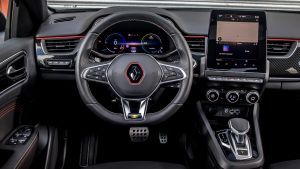
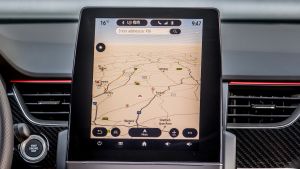
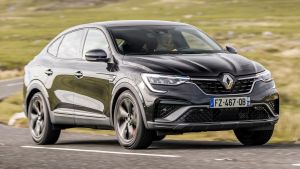
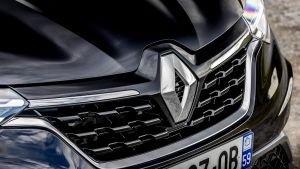
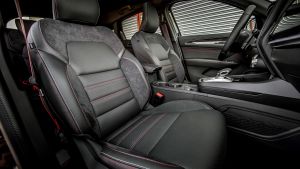
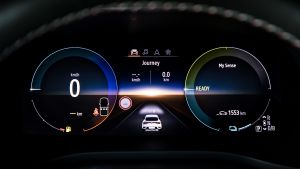

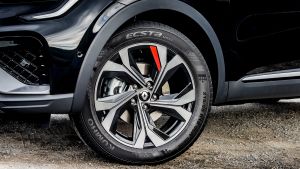
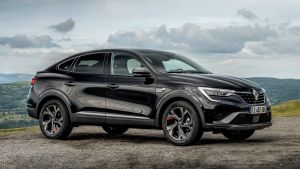
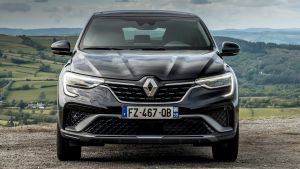

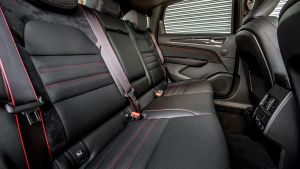
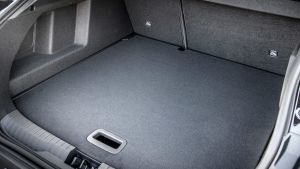
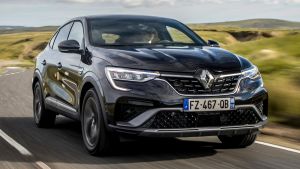
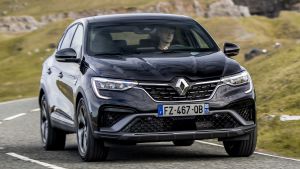
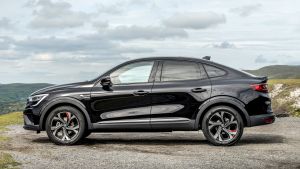
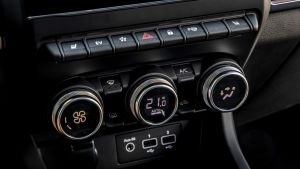

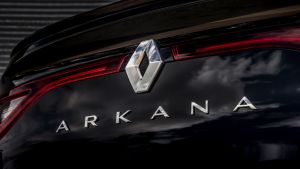
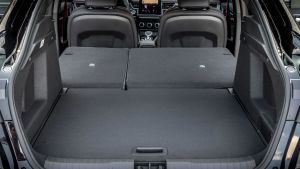
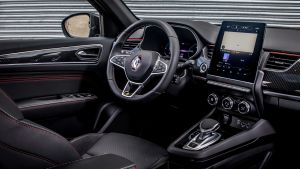
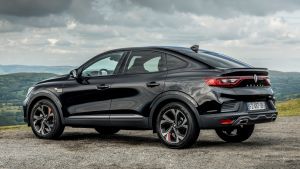
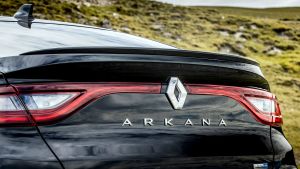
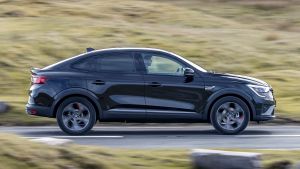
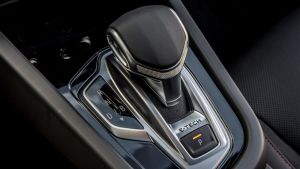
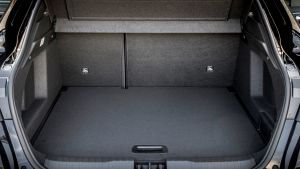
Comments
Post a Comment